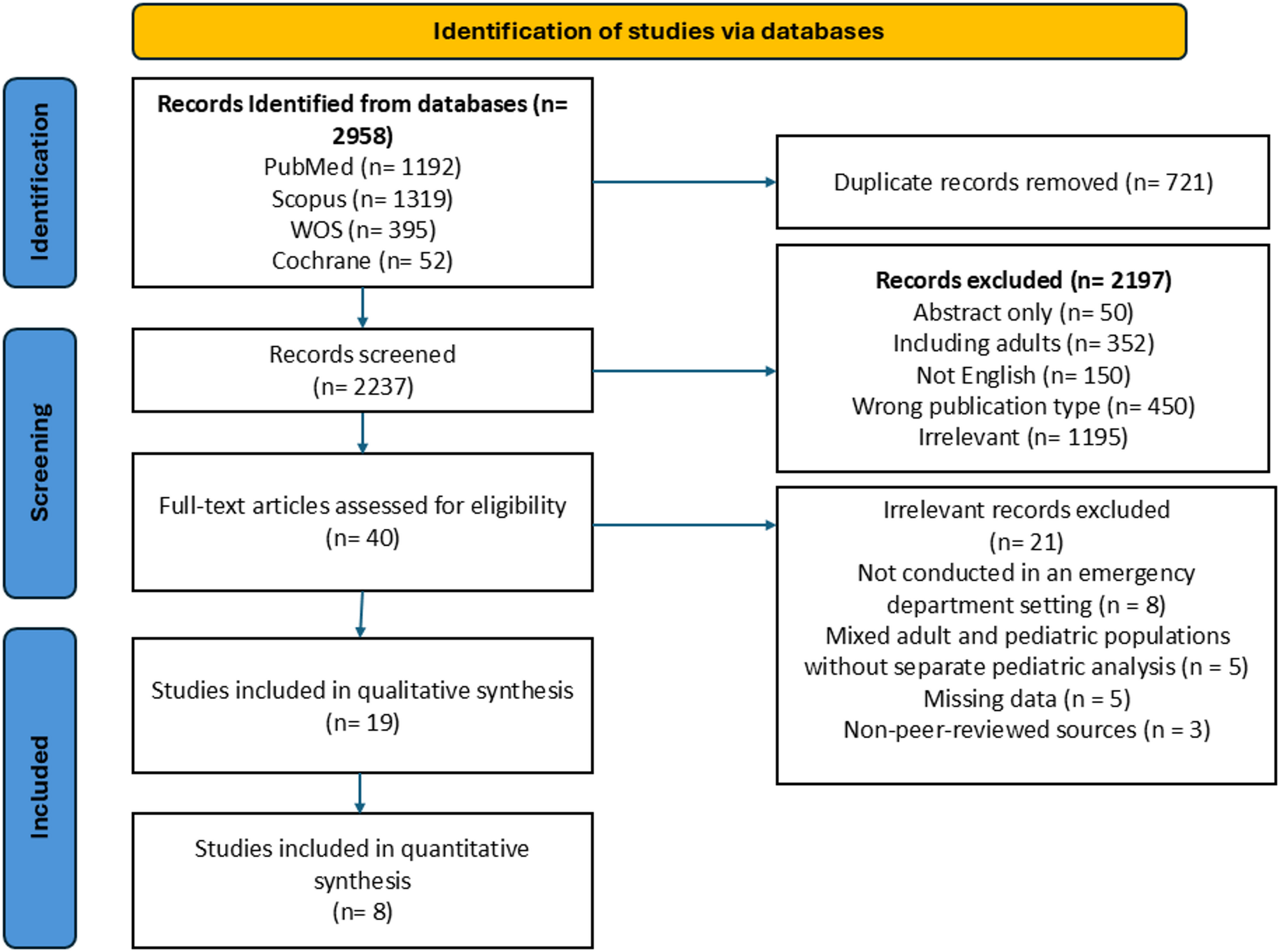Premature babies born between eight to ten weeks early can be fed with milk through a tube in their stomach right after birth instead of being fed intravenously through a drip, according to new research.
The new findings of the “FEED1” trial,…

Premature babies born between eight to ten weeks early can be fed with milk through a tube in their stomach right after birth instead of being fed intravenously through a drip, according to new research.
The new findings of the “FEED1” trial,…

Laura Hammond,East Midlands and
Lizo Mzimba,Entertainment correspondent
 The Lost King
The Lost KingA university academic is to be awarded “substantial damages” after a court ruled the…


Which tissues are common in the extant chondrichthyan endoskeleton? Bone-like and areolar tissues have been characterized in several members of the chondrichthyan subclass Elasmobranchii, such as sharks, skates, and rays (Atake et al.,…
This request seems a bit unusual, so we need to confirm that you’re human. Please press and hold the button until it turns completely green. Thank you for your cooperation!

Celebrity birthdays for the week of Nov. 2-8:
Nov. 2: Actor Stefanie Powers is 83. Actor Kate Linder (“The Young and the Restless”) is 78. Drummer Carter Beauford of the Dave Matthews Band is 67. Actor…

Roach ES, Golomb MR, Adams R, Biller J, Daniels S, Deveber G, et al. Management of stroke in infants and children: a scientific statement from a special writing group of the American heart association stroke Council and the Council on…
